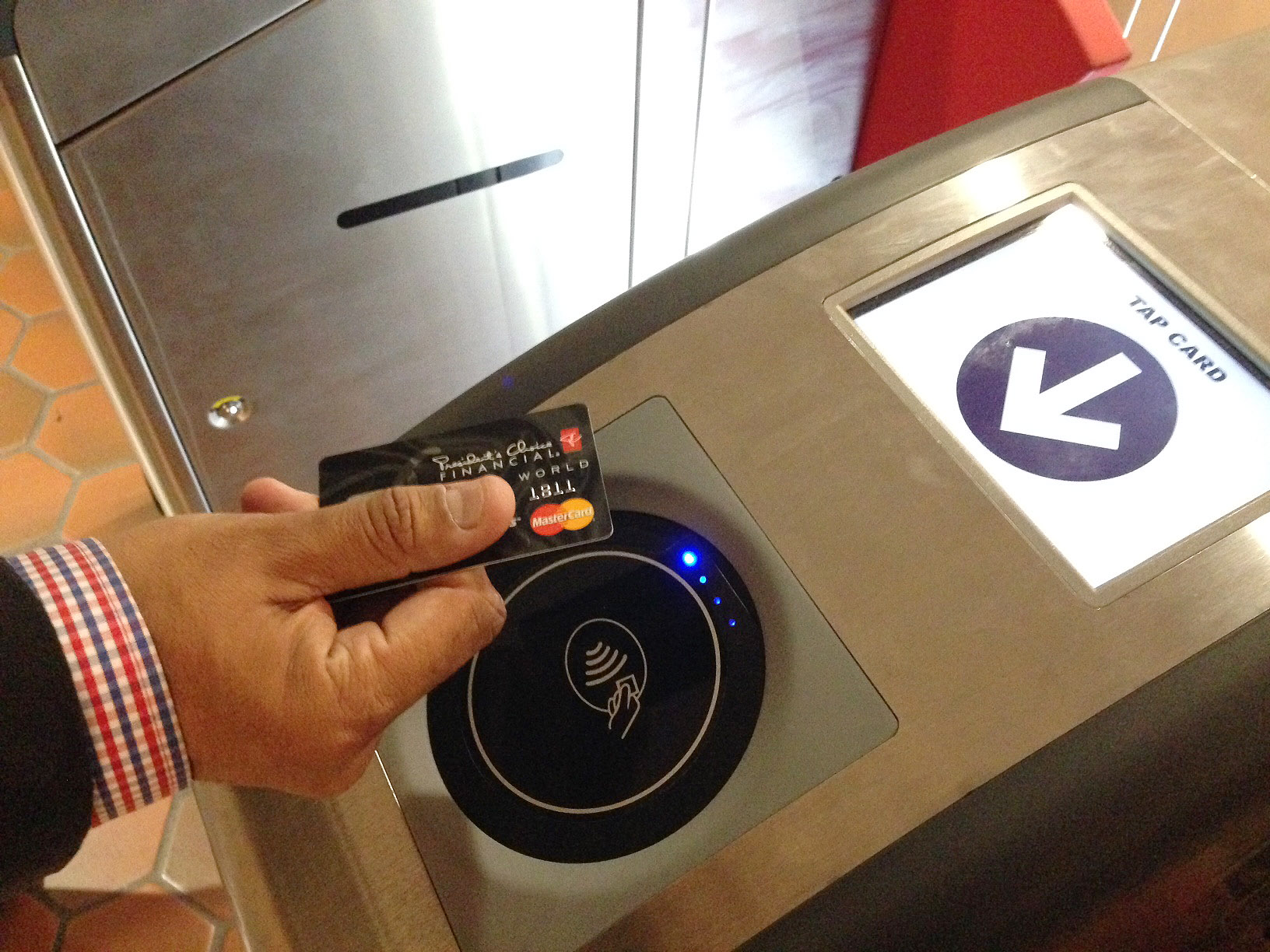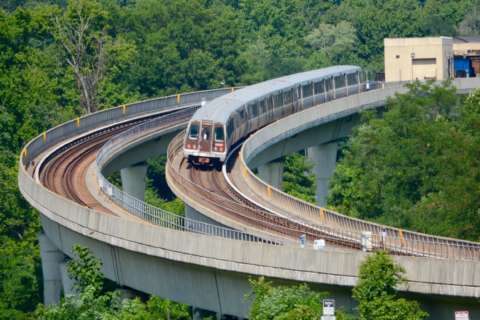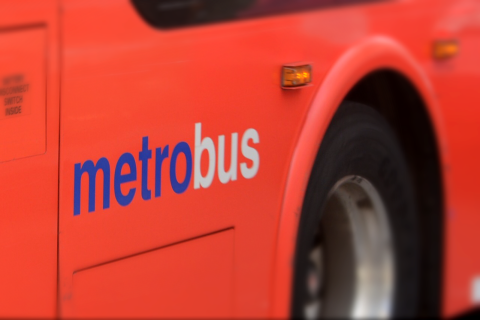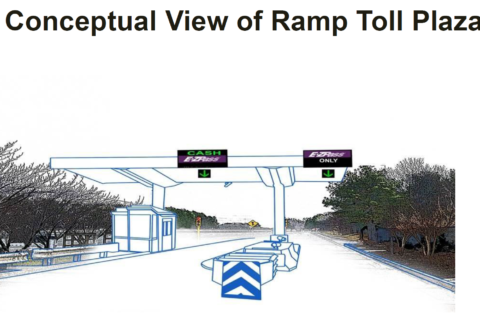WASHINGTON — SmarTrip cards are here to stay for a while.
Metro is in the process of replacing all fare gates in the rail system and lining up a new contractor to provide SmarTrip cards or other payment technologies in the future, and each proposal requires the current fare payment system to remain in place for now.
Metro has continued to consider a more significant fare system overhaul since canceling previous efforts in 2016; those changes are not included in the SmarTrip or fare gate contracts.
The SmarTrip card proposals do ask for potential options, such as key fobs, stickers or rings that could have Metro’s payment system embedded inside, although similar requests were considered during the previous search for new fare payment technology. Other possibilities under consideration now include incorporating Metro payment methods into work or college identification cards and cellphone or app-based ticketing.
The SmarTrip contracts would provide for possible technological upgrades for new cards down the line, and a possible expansion of special SmarTrip cards for major events.
Metro highlights the Cherry Blossom Festival, conventions or special tourism events, and Capitals or Wizards games as potential new opportunities to sell sponsorships or ads on SmarTrip cards beyond the commemorative cards that are produced today.
The fare gate proposal does require the capability to accept credit or debit cards or other near-field communication payment options in the future.
All Metro stations other than the already open Silver Line stops are included in the fare gate plans. Metro also expects to need the new fare gates at the new station entrances in coming years, where Metro meets the Purple Line in Maryland.
Even if this procurement does lead to a contract, final designs and installation would take a significant amount of time. The fare gates would last even longer.
“Fare gates are anticipated to have a useful life [minimum 15 years] that is longer than the current fare payment back-end system and will need to be adapted to work with an alternative fare payment application,” Metro procurement documents said.
SmarTrip cards were first introduced in 1999, and more than 12 million have been sold to riders.
The number of cards sold the last two years in rail stations typically peaks around Cherry Blossom season and at peak tourist season around July, Metro data showed.
A new card provider would need to be able to issue SmarTrip cards with photos on them, as Metro does today for MetroAccess users or others who qualify for reduced fares.
New cards must be designed to last at least eight years, the contracting documents said.
The current regular SmarTrip card contract set to expire is worth about $24 million.
Fare gate details
Due to historic preservation concerns, Metro’s new fare gates would have to match the current height and color scheme, including the color known as “Metro Brown” or stainless steel. They could include slight changes to designs.
Metro hopes the new gates will be more energy efficient, and requires that they stand up to someone up to 300 pounds walking into them at 3 mph.
Fare gates would include safety features similar to those in place today to open in the event of an emergency. The wider, disability fare gate would serve as the emergency exit gate, potentially allowing more fare gates in each station.
The new gates would be required to process at least 35 entries or exits per minute during regular operations, and could be set to regular fare collection mode, a free fare mode or a mode that only charges riders going into the station but allows riders to exit for free, or vice versa.
The gates would also have audible alarms similar to the bus system’s fareboxes that could indicate when a payment works properly, does not work, or is accepted for a reduced fare.
Station managers would get tablets that could be used as part of the system and can read SmarTrip cards or other payment methods.










